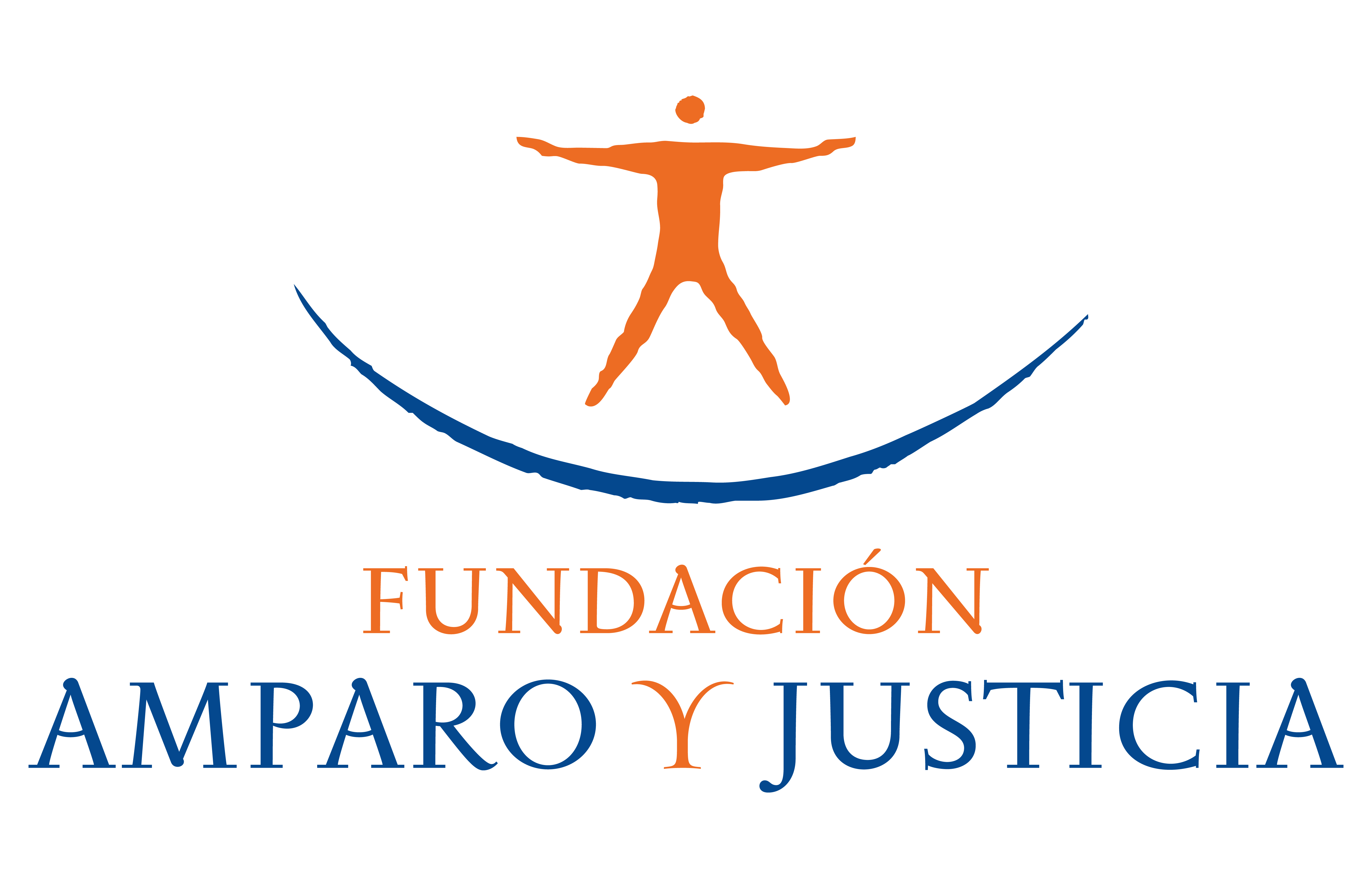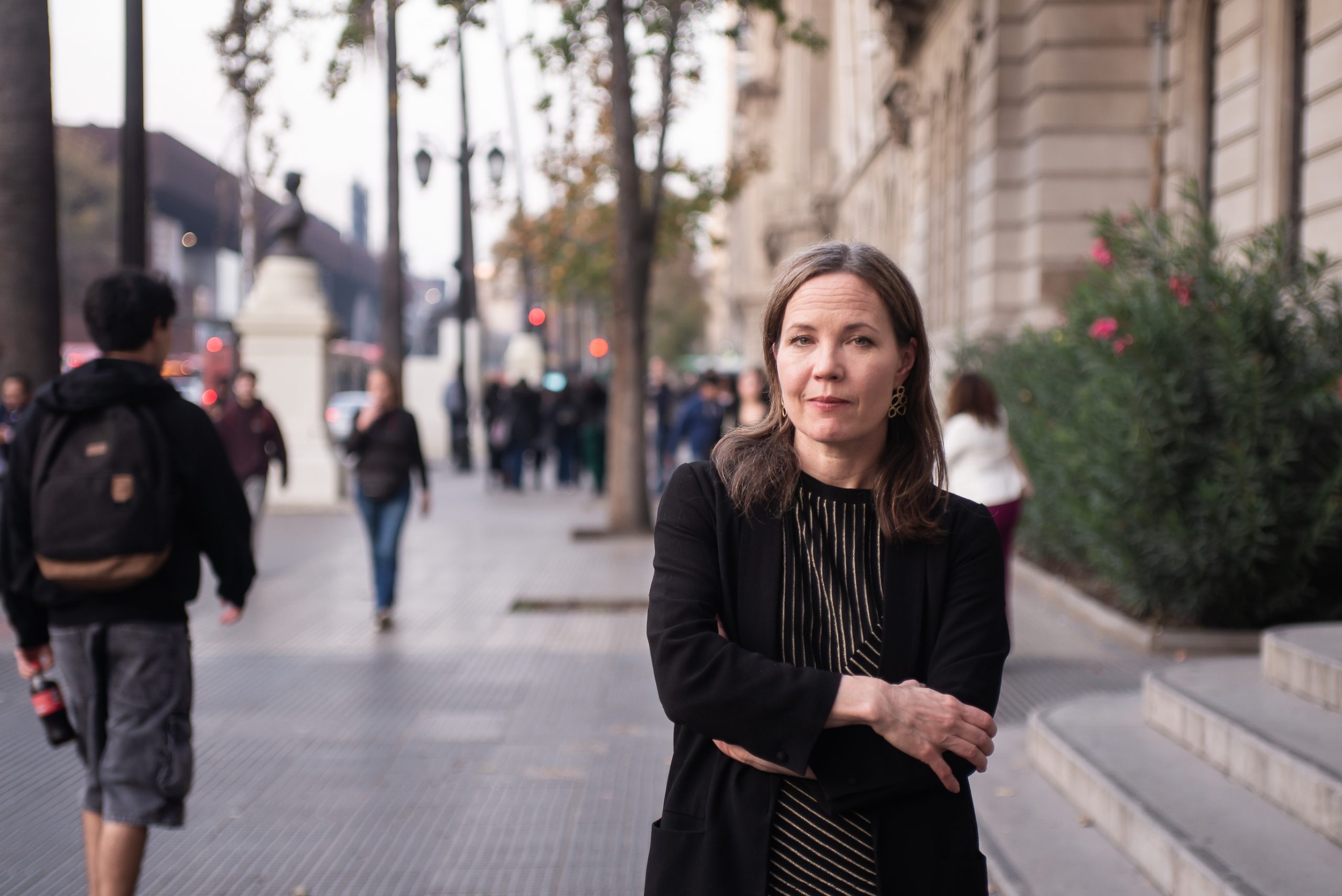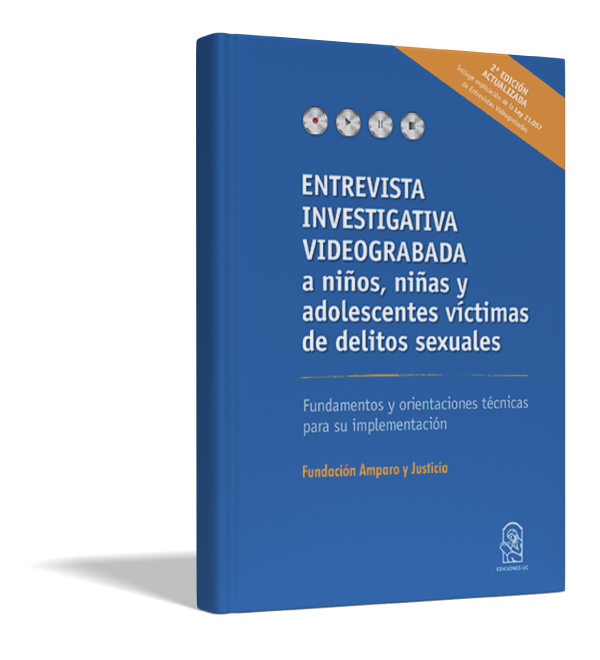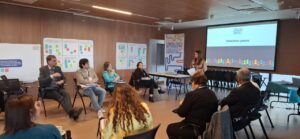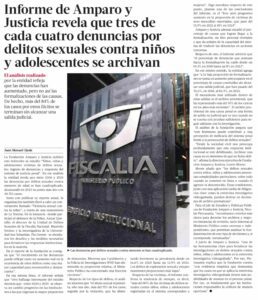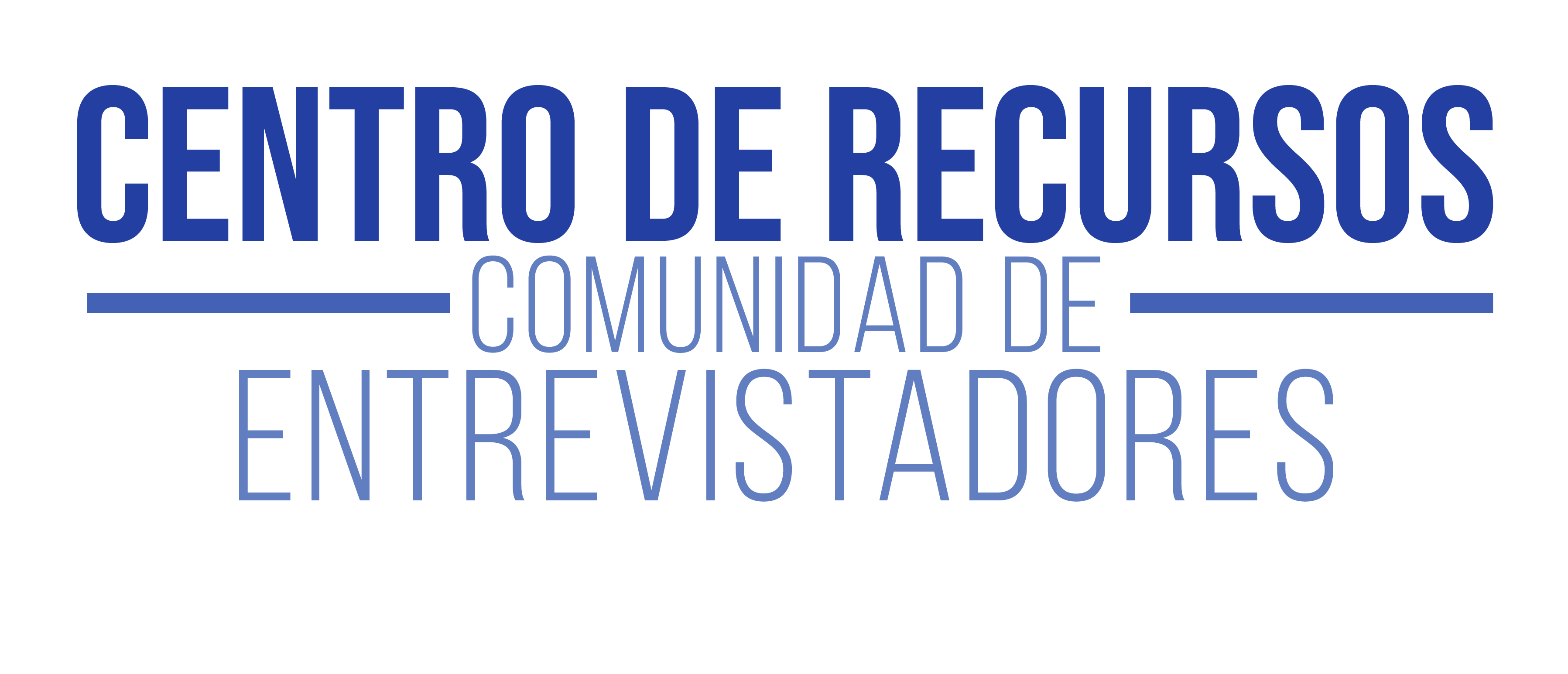In Chile, according to figures from the Office of the Children’s Ombudsperson, 71% of adolescent girls received unsolicited sexual messages, and 28% were victims of digital harassment during 2023. In this context, and thanks to the efforts of Fundación Amparo y Justicia, Julia Korkman came to the country to train more than 400 justice system operators on the respectful and effective approach to interviewing children and adolescents who are victims of sexual crimes.
Korkman, a researcher on sexual crimes against minors and President of the European Association of Psychology and Law, is not surprised by the figures: “They are part of a global reality that particularly affects adolescents, especially girls. And we have failed to provide appropriate responses. The most common reaction is usually to take away their phone, but that does not address the root of the problem. Adults also use phones; we need them too. It’s not about forbidding, but about understanding the risks, speaking their language, and giving them tools to protect themselves.”
From her academic role at Åbo Akademi University in Finland and as an expert at the European Institute for Crime Prevention and Control, she has researched how sexual abuse manifests in digital environments and what the most effective strategies are to prevent it and provide support. “There are children who are exploring their sexuality and end up being victims; others believe they are talking to peers when, in reality, there is an adult on the other side. There is also so-called revenge porn, where intimate material is used to get revenge after a breakup.”
The traps of silence
One of the greatest challenges, she insists, is that victims rarely report. “It may be due to shame, fear that the situation will get worse, or simply fear of having their phone taken away. We have seen cases where very serious abuses occurred and, even so, they prefer not to tell an adult because they feel it would be worse to have their phone taken away, beyond what they have already experienced.”
—How do you see institutional and family shared responsibility?
The idea that if they are at home they are safe no longer applies. Today, the risks are there as well. Children and adolescents navigate better than previous generations; they know, for example, that if someone claims to be Kim Kardashian, they probably aren’t. But we still lack sufficient means to protect them.
—And which actors should take on that responsibility?
Technology companies have a key role, but frankly, they are not very interested in taking it on. They are very good at creating algorithms that cause people to become interested, for example, in content about anorexia or male violence, etc. So they should be just as good at detecting these risks and minimizing them.
And adults must create spaces of trust, speaking to them in their language. Many times we give them smartphones from a very young age without fully understanding all that this entails, not only in terms of abuse but also regarding mental health.
—What makes children and adolescents particularly vulnerable to digital harassment?
The perpetrators are experts in manipulation. We know of cases where the police find hundreds of minors involved after examining a suspect’s computer; boys and girls who have been sending photos or engaging in sexual acts.
In many cases, none of them told an adult. Some talk about it with a friend, but no more than that. Relationships are formed, even romantic ones; they work for a long time to build that trust. They also pretend to be people who are only a few years older. They use fake photos, of course.
And there are also those who use threats; for example, after sending some photos, if the child doesn’t want to send more, they say: “I’m going to kill your mom.” Unfortunately, they are very skilled at convincing children not to tell anyone.
What strategies can work to break that silence?
Offering anonymous reporting helps, but strengthening peer networks is also key. In Finland, we have programs that teach adolescents what to do if a friend tells them something. Because often that is the first channel. Work is also done with older adolescents who warn younger ones about what they might face: “Be careful, because there are people who do this and that. They will contact you to ask you to do certain things,” etc.
—Which groups are more exposed?
Children who feel lonely or who don’t have adults interested in them are more exposed. In cases of sexual abuse, a common characteristic is that they are adolescents seeking conversations or connections online. And the digital world also has positive aspects for many children and adolescents. I know, for example, an autistic child who has many difficulties making friends at school. Estaba muy interesado en la teoría musical, y en internet encontró una comunidad donde había tanto niños como adultos, y fue algo muy positivo para él, con mucho apoyo. He was very interested in music theory, and on the internet he found a community with both children and adults, which was very positive for him, offering a lot of support. That’s why it’s not about taking away that space either: just like in real life, when you meet many people, some will be good and others won’t. It’s difficult.
Another especially vulnerable group is children who belong to sexual minorities. They are likely to seek to explore their identity online, and they find it very difficult to talk about it. Because if they share what happened to them, they would also have to reveal that they are homosexual or that they are exploring their orientation, and they may not be ready to do so. For some, the fact that their parents found out they were homosexual was even harder than the abuse by the adult.
Sexting, consent, and realistic education
For Korkman, an essential part of prevention is sexual education. “It’s no use telling them not to have sex or never send a photo. It’s like telling them not to have sex before marriage: it doesn’t work. What does work is providing concrete and useful information for their reality.”
In Finland, some youth organizations promote safe sexting strategies: hiding the face, not sending explicit photos, making sure the other person wants to receive them; and if something makes them feel uncomfortable, taking a screenshot immediately, not deleting the history, in order to have proof or evidence. “It’s not about encouraging the sending of photos, but about acknowledging that it happens and minimizing the risks.”
—What is the role of States in addressing digital and gender-based violence?
First, guarantee sexual education. And not just to prevent pregnancies or diseases, but also to teach communication, setting boundaries, and recognizing consent. We need a positive sex education that says: love, desire, and connection with others are a healthy part of life.
And in that education, the concept of consent must be very clear. There’s an example that’s often used: the tea party one. It’s an analogy in English, but it’s very useful. If someone invites you to their house for a cup of tea, you can say yes, of course—but if you later decide you don’t want it, that’s perfectly fine: you don’t have to drink it. And if at first you wanted a cup but later changed your mind, that’s okay too. No one can say to you, “You have to keep drinking more and more because I invited you.” It doesn’t work that way. Even if you wanted the tea with white sugar and then changed your mind, they still can’t force you to stick with it. It’s a very clear and easy-to-understand example. Twelve-year-old kids already understand it perfectly.
Chile as a reference
Korkman was positively surprised by the implementation of the Videotaped Interviews Law. “They showed me the ten key recommendations from the scientific community for interviewing boys and girls, and many of them are already being applied here. It’s serious work.”
—What would you highlight about the Chilean model?
Continuous training and regular feedback for interviewers. That is very uncommon. If this approach is maintained and expanded throughout the country, Chile could become an international benchmark in this field.
